Picture this: You’re all geared up for an exhilarating day out on the trails, but as you turn the key on your Polaris Ranger, you’re met with nothing more than a disappointing click—or worse, eerie silence. Starting problems can really throw a wrench in your off-road adventures. But don’t worry, you’re not alone in this frustration. Many Polaris Ranger enthusiasts have been in your boots, and there’s a good chance we can get you back in the driver’s seat with a roar instead of a whimper. Let’s tackle these pesky Polaris Ranger starting problems together, so you can rev up your engine and enjoy the ride you’ve been dreaming about.
Overview of Polaris Ranger Starting Issue
If you’ve been having a hard time getting your Polaris Ranger to start, you’re definitely not alone. Starting issues can arise from a number of sources, each with its own set of symptoms, impacts, and diagnostic procedures. In this article, you’ll gain a comprehensive understanding of what to check when dealing with a recalcitrant Polaris Ranger.
Common symptoms of starting problems
Starting troubles in your Polaris Ranger usually manifest in one of a few ways. You might experience complete silence when turning the key, a clicking sound without the engine turning over, the engine cranking without starting, or intermittent starting issues where your Ranger sometimes fires up and sometimes doesn’t.
Impact of starting issues on vehicle performance
When your Ranger won’t start, the impact on vehicle performance is immediate and complete: you’re going nowhere until it’s fixed. Even if you manage to get it started, unreliable starting can lead to stalled engines and potentially getting stranded, which adds a layer of unpredictability to using your vehicle.
Initial diagnostic steps
To begin tackling these troubles, start by narrowing down the list of usual suspects: check the battery, make sure you have fuel, and ensure that the engine is getting air and a spark. These initial steps can often point you in the right direction without the need for specialized tools or knowledge.
Electrical System Checks
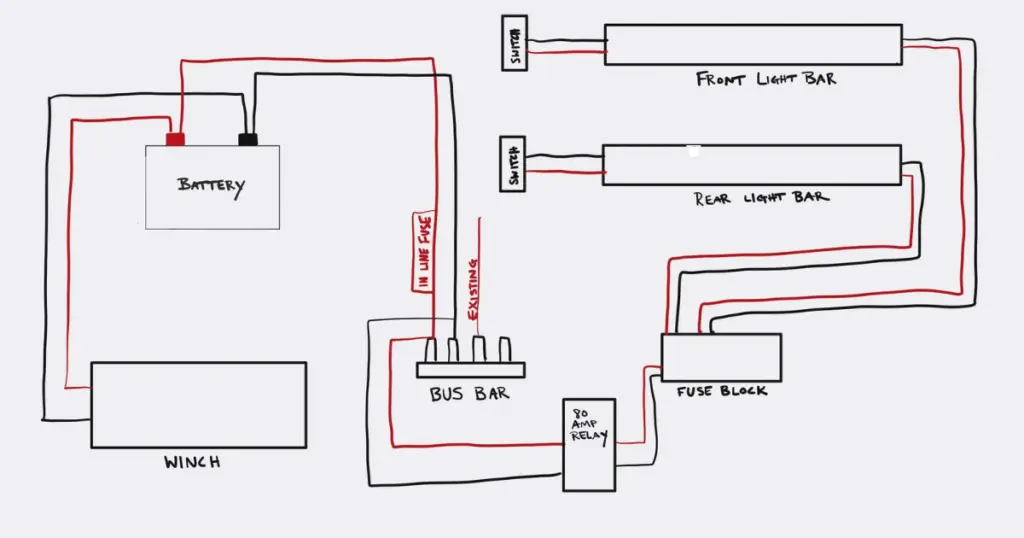
Electrical issues are one of the most common causes of starting problems.
Battery condition and charge level
Your first step should be to check the battery’s condition and charge level. A dead or dying battery won’t have the juice required to crank the engine. Ensure the terminals are clean and the connections are tight. If necessary, charge the battery or use a voltmeter to verify it’s holding a charge.
Starter motor functionality
The starter motor is what physically turns the engine over. If it’s faulty, you might hear a clicking sound, or nothing at all. You can test the starter motor by bypassing the key switch and jumping power directly to it. If it still won’t work, the starter motor might be due for replacement.
Ignition switch and related wiring
A faulty ignition switch can prevent the starter motor from engaging. Inspect the switch and its connections for signs of wear or damage. Corrosion or loose wiring can also be at fault here, and sometimes the solution is as simple as re-securing a connection.
Fuses and circuit breakers inspection
Fuses and circuit breakers protect your Ranger’s electrical system. A blown fuse or tripped breaker could be the reason your vehicle won’t start. Check your Polaris Ranger’s fuse box for any blown fuses and replace them as necessary.
Also, be aware of these check engine codes: Full Guide To Identifying Polaris Ranger Check Engine Codes
Fuel System Analysis
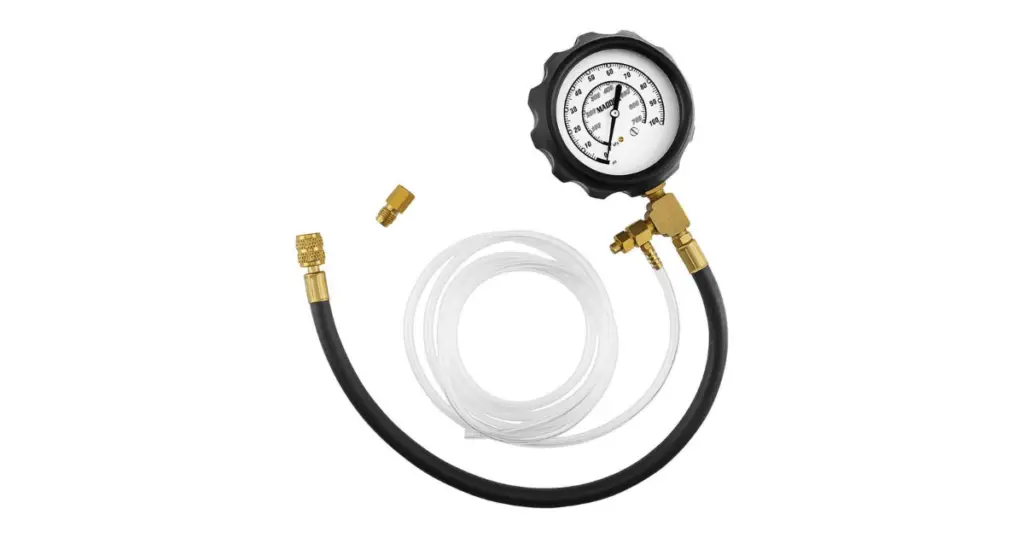
No fuel means no start. It’s critical to confirm that your fuel system is delivering fuel to the engine.
Fuel quality and contamination
Bad or contaminated fuel can clog your system or fail to combust properly. Make sure you’ve got fresh, clean fuel in the tank, and if there’s any doubt, consider draining and refilling with quality fuel.
Fuel pump operation
Listen for the fuel pump—it should whir or hum when you turn the ignition on. If there’s silence, the fuel pump may not be functioning. Check the fuel pump fuse and wiring before concluding that the pump itself needs replacement.
Carburetor or fuel injection system issues
Whether your Ranger has a carburetor or a fuel injection system, issues here can impede starting. Ensure that injectors are spraying correctly or that the carburetor is clean and properly adjusted.
Fuel filter and lines condition
A clogged fuel filter or collapsed line can starve your engine of fuel. Check the filter to see if it needs replacing and inspect fuel lines for any noticeable damage or blockages.
Engine Air Intake Evaluation
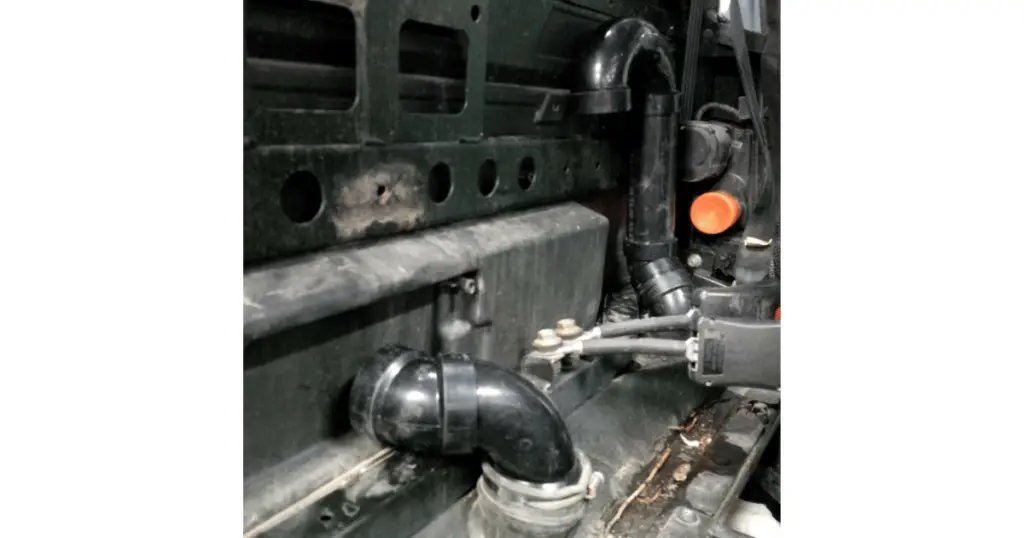
Your engine needs air just as much as it needs fuel and spark.
Air filter cleanliness and airflow
A clogged air filter will restrict the engine’s ability to breathe, potentially preventing it from starting. Remove the air filter and check to see if it’s dirty enough to require cleaning or replacement.
Intake manifolds and air sensors
Your intake manifolds should be free of cracks or damage, and all air sensors should be clean and connected. These sensors often affect the engine’s computer, which can prevent starting if it’s not getting the correct data.
Throttle body and choke operation
For systems equipped with a choke, ensure that it’s functioning properly. Also, a sticky or dirty throttle body can create starting or idling issues. Cleaning it may resolve the problem.
Spark and Ignition Timing
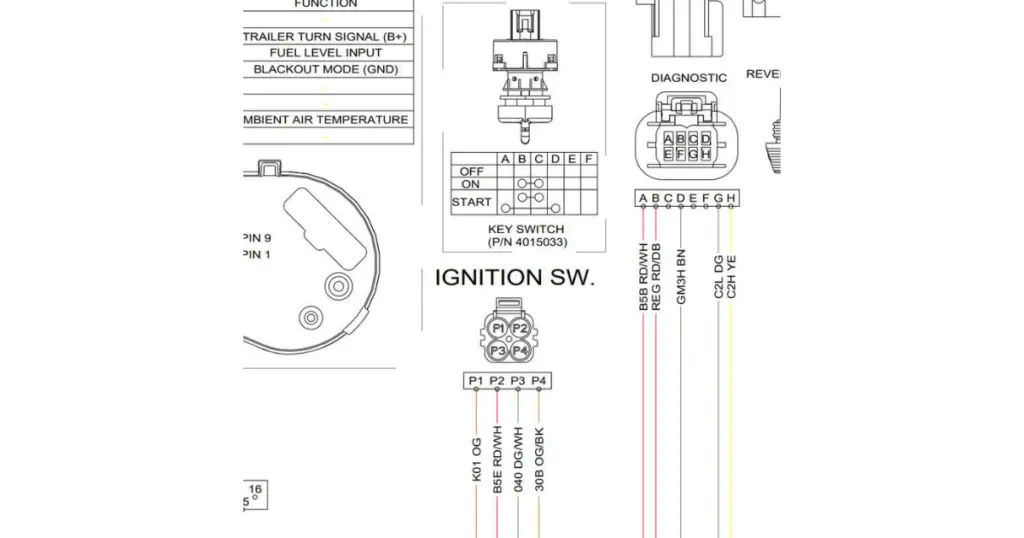
The spark is what ignites the fuel-air mixture in your engine—no spark means no start.
Spark plug condition and gap
Pull out your spark plugs and inspect them. They should be clean and correctly gapped. A fouled or worn-out spark plug won’t provide the necessary spark.
Ignition coil performance
Test the ignition coil with a multimeter to ensure it’s generating the high voltage required for a spark. A faulty coil will need replacement.
Ignition timing accuracy
Incorrect ignition timing can make starting your vehicle difficult or even impossible. Checking and adjusting the timing might require professional equipment or expertise.
Mechanical Health of the Engine
The mechanical condition of your engine is vital for starting and running smoothly.
Engine compression test
A compression test can identify issues with valves, piston rings, or cylinder walls. Low compression can be a sign of serious internal issues.
Valves and timing belts/chains
Valve problems or a slipped timing belt/chain can also cause starting issues. These require a more in-depth mechanical inspection and potential repairs.
Engine internals wear and tear
Long-term wear and tear on the engine internals can affect its ability to start. It can be helpful to check the overall condition of the engine’s internal components if other issues have been ruled out.
More mechanical problems to be aware of:
> Polaris Ranger Clutch Problems Get Fixed and Revealed
> Worst Polaris Ranger Transmission Problems To Know
> Polaris Ranger Drive Shaft Problems? Help Is Here!
> Polaris Ranger Front Differential Problems Get Fixed
> Polaris Ranger Rear Differential Problems: Too Much Trouble?
Key Switch and Starting Mechanism
The part you turn your key in should also be on your checklist.
Key switch functionality
The key switch itself can wear out or develop faults. If it’s not working correctly, your Ranger might not start.
Connection to the starter solenoid
The starter solenoid acts as a powerful electric switch to the starter motor when you turn the key. A poor connection here can be problematic.
Push button start issues
If your Ranger has a push-button start, check the system for any errors or malfunctions which might prevent the vehicle from starting.
By the way, which models are most affected? Worst Polaris Ranger Years to Avoid (+The Best)
Power Distribution and Relays
Your Ranger’s power distribution system is akin to the nervous system in a body; it has to be in prime condition for everything to work properly.
Main power relay condition
Inspect the main power relay and any other relays connected to starting. These can fail or develop poor connections over time.
Starter relay functionality
The starter relay is a common culprit in starting issues. Test or replace it if you suspect it’s not working.
Wiring harness and connectors
Loose or damaged wires in the harness or at connectors can disrupt power flow. Make certain all connections are secure and that there’s no visible damage to wiring.
With all of this in mind, I’ll ask you the next question I think you should consider: How many miles will a Polaris Ranger last?
Troubleshooting with Diagnostic Tools
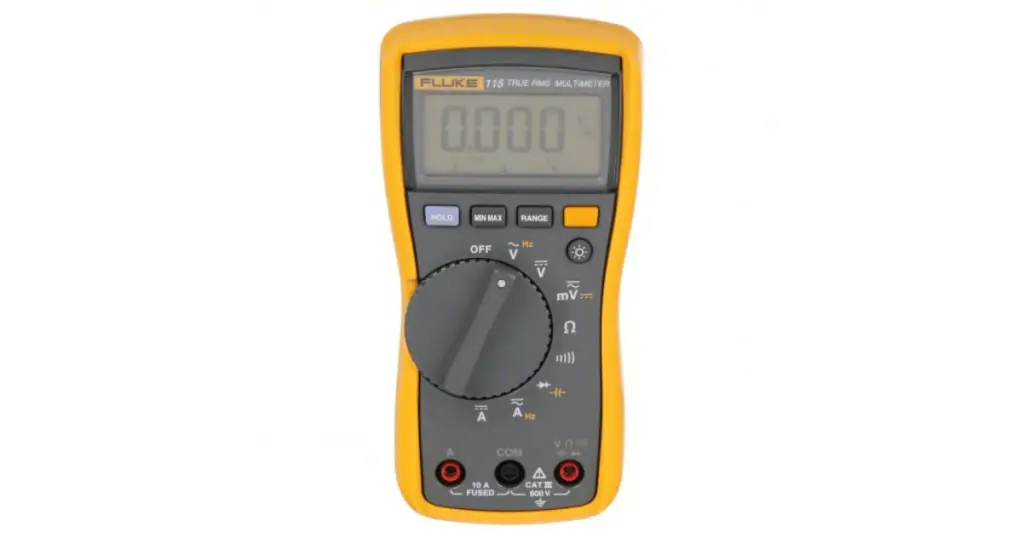
Modern tools can be a huge help in diagnosing complex issues.
Utilizing a multimeter for electrical diagnostics
A multimeter lets you check for voltage, continuity, and resistance in your Ranger’s electrical system. With it, you can pinpoint issues that aren’t visible to the naked eye.
Reading error codes with a diagnostic scanner
If your Polaris Ranger has an onboard diagnostic system, a scanner can read trouble codes that point to the source of your starting issues.
Benefit of dealer-specific diagnostic equipment
Sometimes the problem requires more advanced diagnostics than what typical tools offer. In such cases, taking your Ranger to a dealer with brand-specific diagnostic equipment can be advantageous.
Lastly, I suggest you read up on this problem also: Polaris Ranger Overheating Solutions and Radiator Issue Fixes
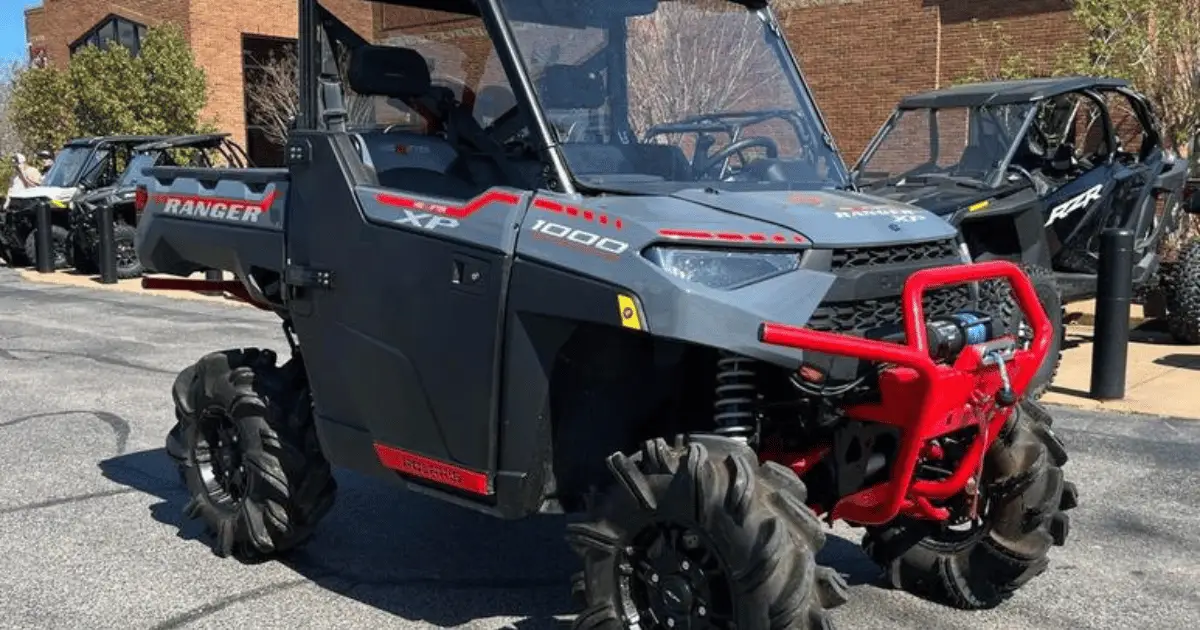

Leave a Reply